Leros, one of the beautiful islands of the Dodecanese, hosts the imposing Castle of Panagia, also known as the Castle of Panteli. This Byzantine structure from the 11th or 12th century stands atop the hill Pytyos, also known as Apityki, on the northeastern side of the island at an elevation of 150 meters. The castle covers an area of about 10 acres and, according to Dionysios Oikonomopoulos, was considered highly fortified and impregnable.
Historical Overview
The castle is surrounded by three layers of walls that protect the hilltop. Since 1087, it has been associated with Saint Christodoulos, the founder of the Monastery of Patmos, as per the golden bull decree of Alexios I Komnenos. When Saint Christodoulos took over the castle, it was in very poor condition, consisting only of the enclosure, a church with cells, and a few dilapidated buildings.
Over the centuries, the castle saw numerous conquests. In the 13th century, the Genoese and later the Venetians occupied Leros. In 1309, the Knights Hospitaller seized and fortified the island, as evidenced by the seven coats of arms found in various positions of the fortifications. In the mid-15th century, strengthening works were carried out under the leadership of the Knight Hospitaller Fandino Cuerini, the island’s governor.
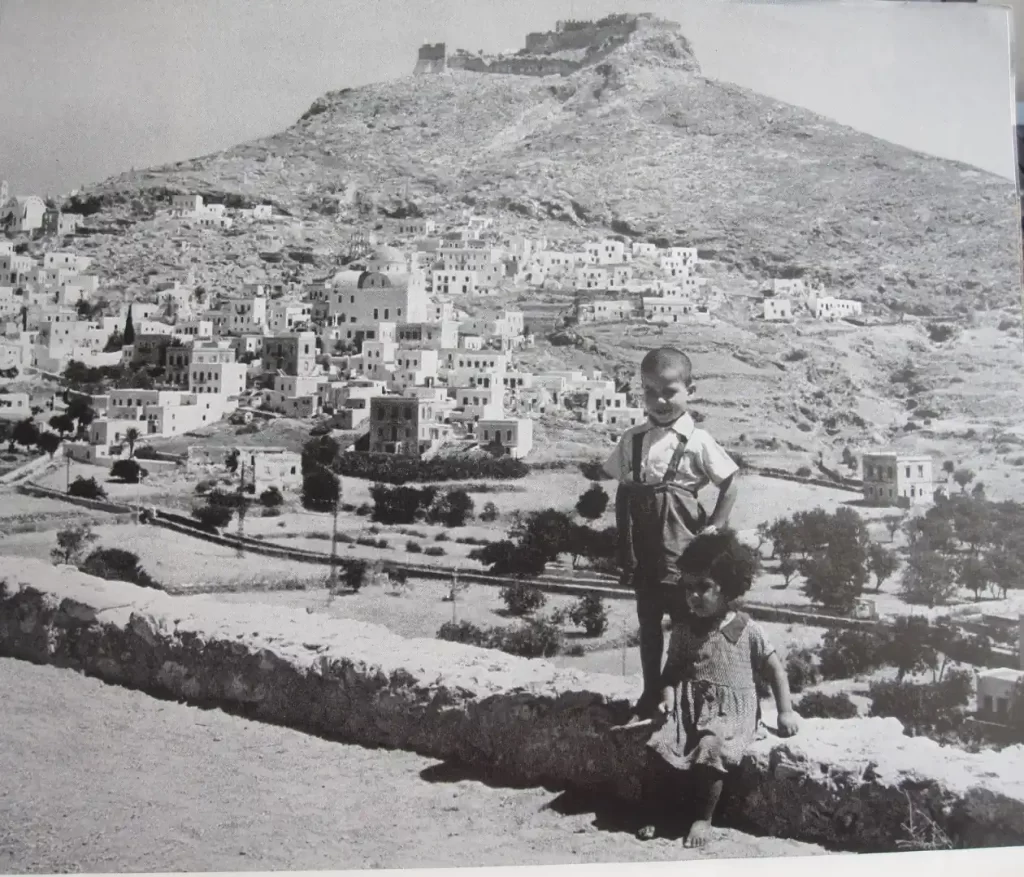
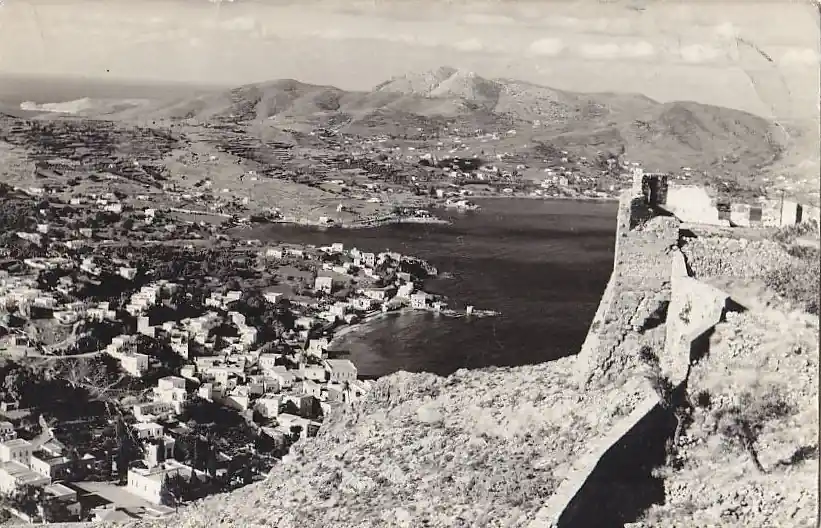
Turkish Rule and Venetian Occupation
In 1505, Sultan Bayezid sent the pirate Kemal Reis with a significant naval force to besiege Rhodes and the other islands of the Dodecanese but failed. In 1508, Kemal Reis tried again, this time targeting Leros, but once again failed to capture the island as the inhabitants, under the leadership of the castellan Paolo Simeoni, bravely pretended to be Knights of Rhodes.
Eventually, on December 24, 1522, after the siege of Rhodes, Leros peacefully surrendered to the Ottomans. The Turkish occupation lasted until 1912 when Leros became an Italian possession following the Italo-Turkish War. The Italians used the castle as a barracks and observatory, making some structural modifications.
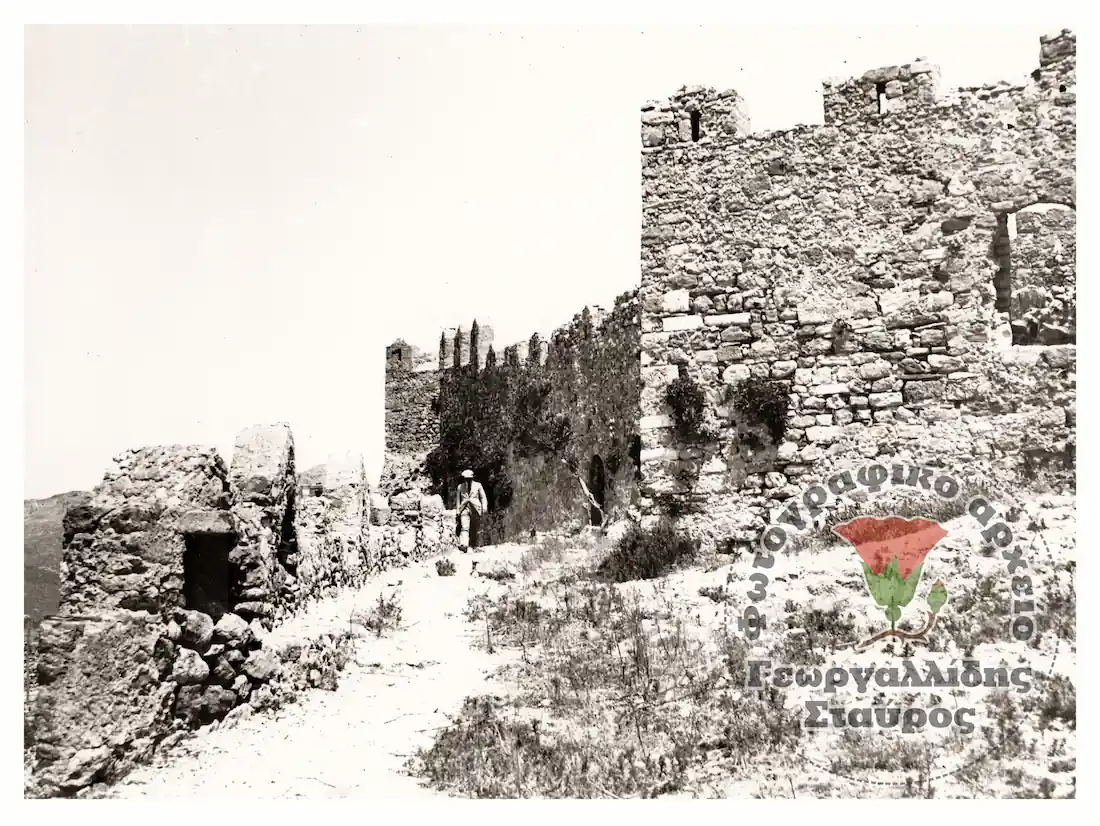
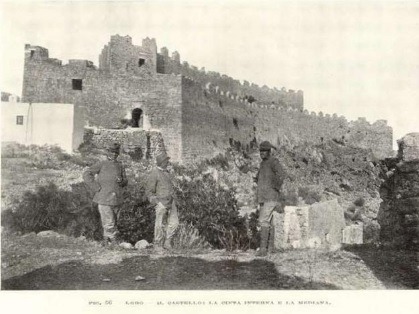
Panagia of the Castle
The church of Panagia, on the western side of the castle, is a significant religious and spiritual symbol for the inhabitants of Leros. The church, which was destroyed during the 1943 bombing by the Germans and rebuilt after the war, houses the rich wooden iconostasis from 1745 and three magnificent icons from the 16th century.
Panagia of the Castle is considered the protector of the island and sailors. Every August 15th, a grand festival is held in her honour. Inside the castle, there are also the Frankish Church and five preserved churches. According to tradition, the icon of the Panagia miraculously appeared in the castle’s powder magazine between two lit candles.
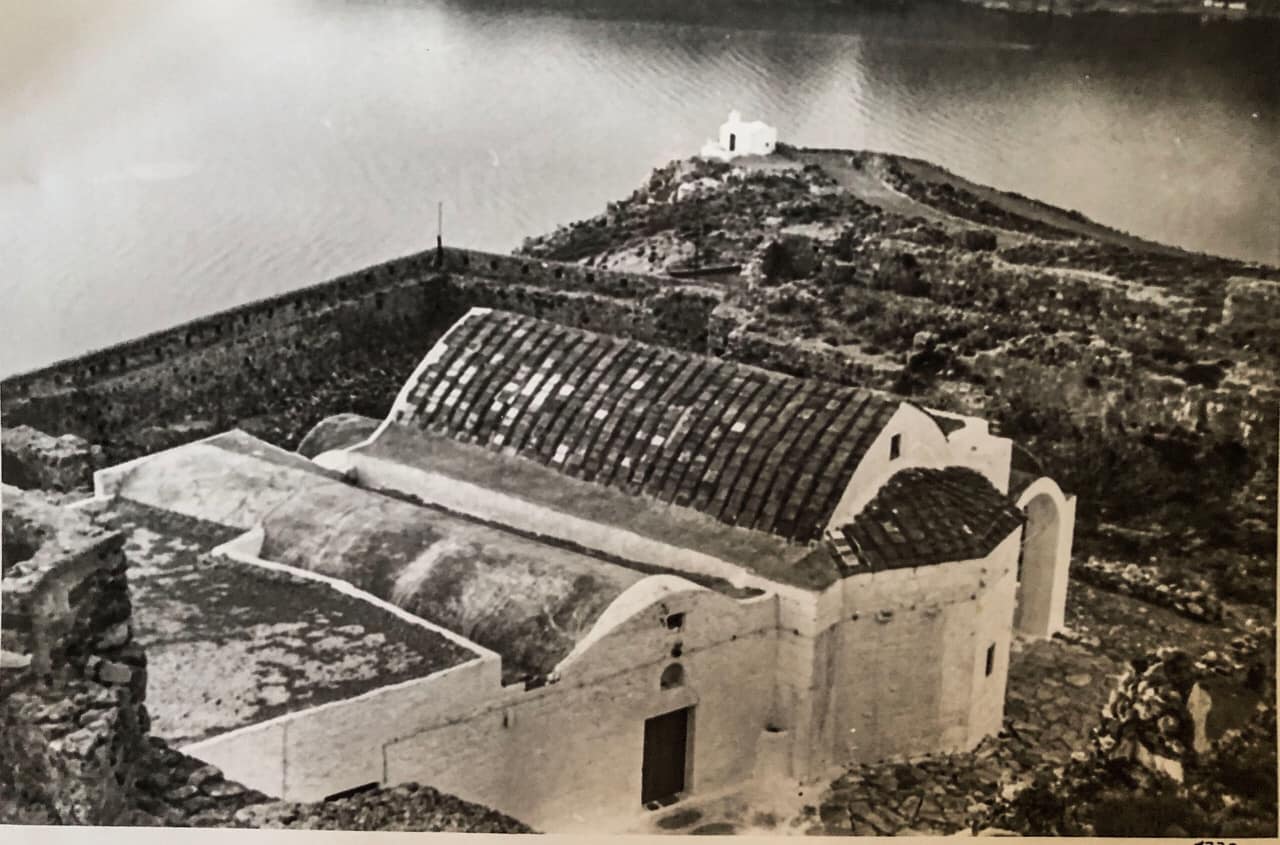
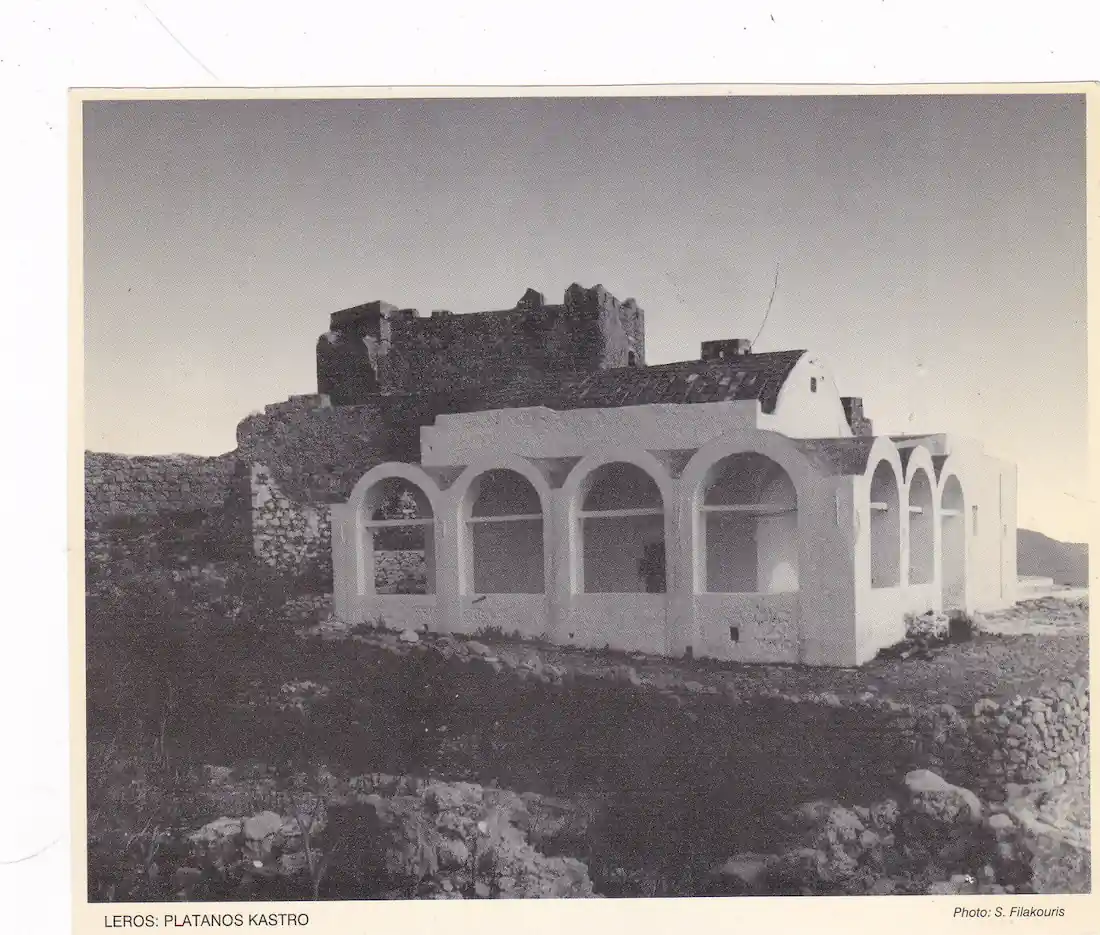
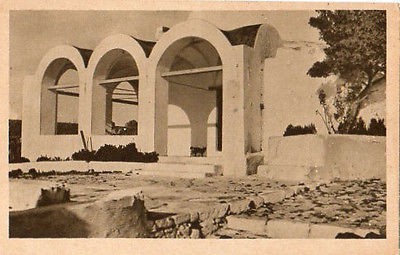
Educational and Cultural Center
From 1726 to the mid-18th century, the castle hosted a school founded by the Leros Monk Damaskinos, with a rich library of manuscripts and printed books. Today, visitors can admire the restored buildings that house the temple’s rich sacristy.
What to Visit
The castle’s ecclesiastical museum is one of the most notable attractions, featuring rare manuscripts, sacred books, valuable icons, holy vestments, and other ecclesiastical objects. Additionally, the underground storerooms and water cisterns offer a unique experience to visitors.
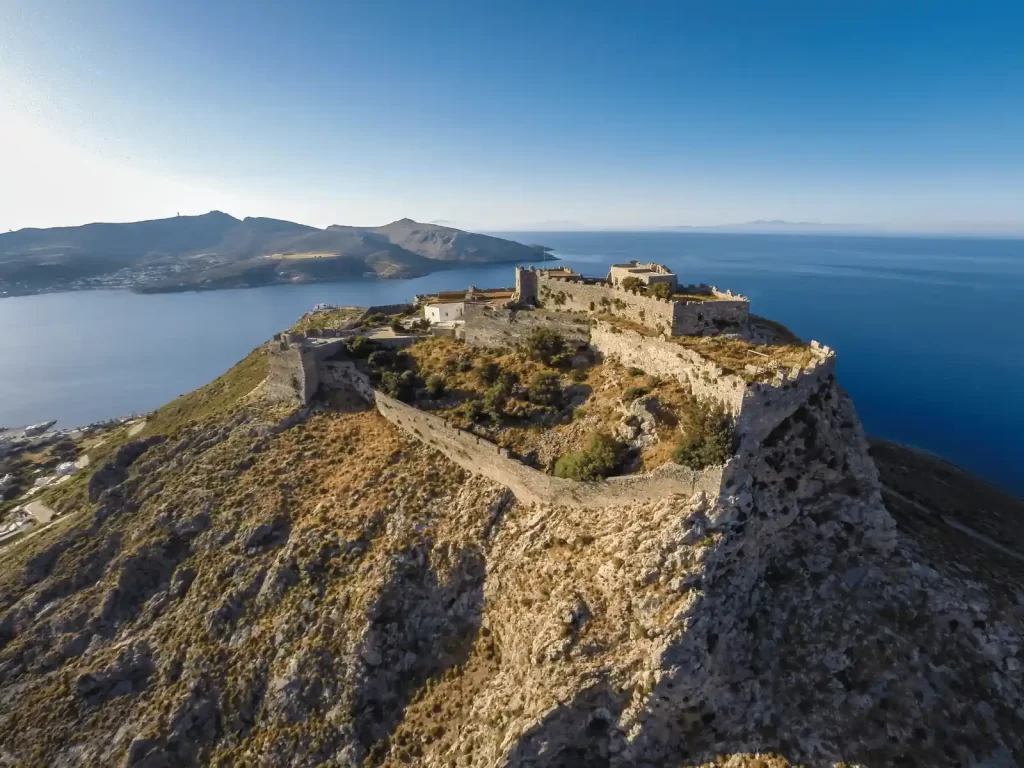
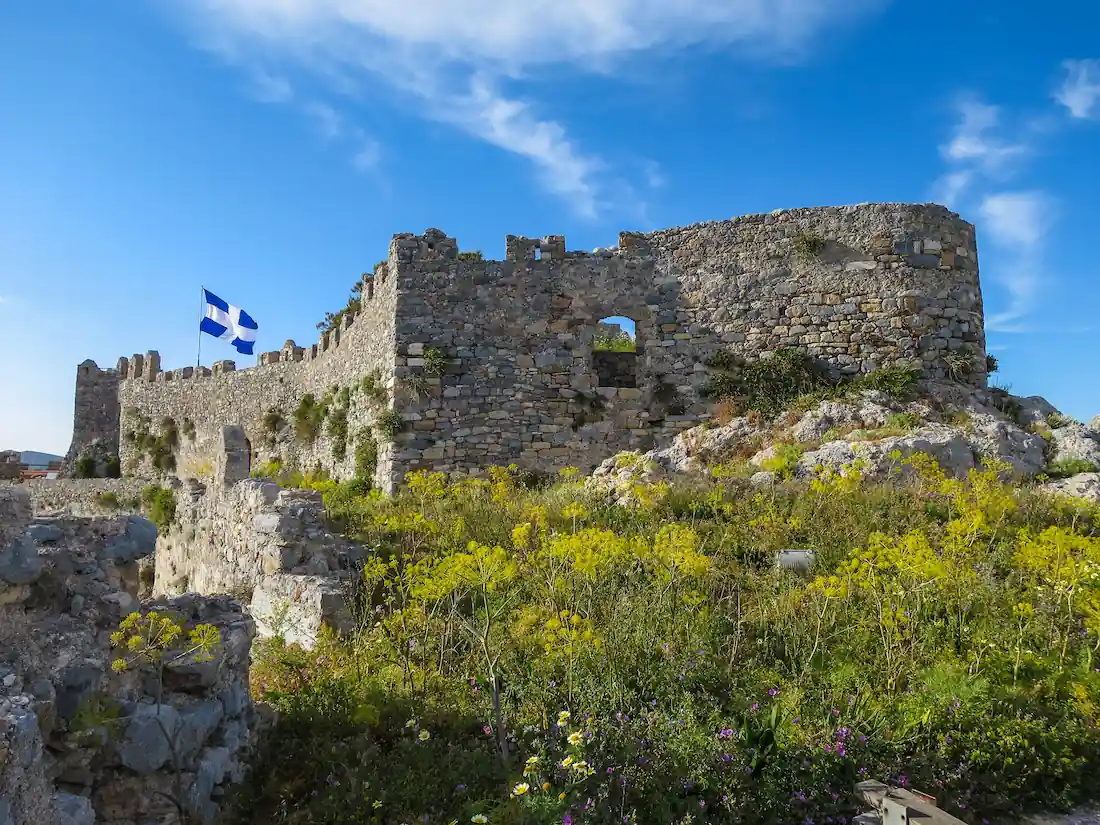
The Castle of Panagia in Leros is not only an important historical monument but also a living part of the island’s cultural and religious heritage. It is well worth a visit to discover its rich history and magic.
Ready to embark on your journey to the Castle of Panagia? Check out this article for detailed information on how to go up to the castle and make the most of your visit.






